The crackle of the radio signal cuts through the dense jungle air, a stark contrast to the rhythmic chorus of insects and distant primates. It’s not a distress call from a lost expedition, but a beacon of life from a three-toed sloth high in the canopy, her movements meticulously tracked by a solar-powered GPS unit affixed to a biodegradable collar. This scene, once the stuff of conservation fantasy, is now a routine part of modern wildlife medicine, a field undergoing a revolution as profound as the habitats it strives to protect. The stethoscope and scalpel, while still vital, have been joined by an arsenal of digital, genomic, and engineering technologies that are transforming our capacity to heal the animal kingdom.
The journey of an injured animal from crisis to care begins with a response faster and more informed than ever before. The critical 'golden hour'—the window of time after a traumatic injury when treatment is most likely to be successful—is no longer a concept exclusive to human emergency medicine. Drones equipped with thermal imaging cameras now scour vast landscapes for heat signatures of immobile or distressed animals, pinpointing their location for ground teams with astonishing accuracy. These unmanned aerial vehicles can access treacherous terrain—burned forests, flooded plains, remote mountain ridges—that would delay or endanger human responders, ensuring help arrives not in days, but in hours.
Upon arrival, the first assessment is no longer reliant solely on a veterinarian’s visual triage. Portable, handheld ultrasound devices and digital radiography units provide immediate internal diagnostics right at the site of rescue. A rhino calf suspected of being trampled can be scanned for internal bleeding; a sea turtle washed ashore can have its lungs checked for pneumonia. This instant data is often transmitted directly to a network of specialists worldwide via satellite-enabled tablets, creating a virtual rounds table of expert opinions in the middle of nowhere. This collaborative, data-driven approach ensures the most critical cases are prioritized and receive a preliminary treatment plan before they even reach a vehicle.
The revolution continues within the walls of the wildlife hospital itself, where technology is personalizing care to an unprecedented degree. 3D printing has emerged as a game-changer for orthopedic cases. Using CT scans of a fractured limb, veterinarians can design and print custom-fit splints, casts, and even prosthetic beaks, wings, or limbs that are lighter, more comfortable, and perfectly anatomically correct for the individual animal. For a sea eagle with a shattered beak, a brightly colored, durable acrylic prosthesis can be crafted and bonded in place, not as a mere cosmetic fix, but as a functional tool that will allow it to tear prey and ultimately survive back in the wild.
Beyond the physical, genomic medicine is unlocking mysteries at a cellular level. PCR machines, now commonplace in many rehabilitation centers, allow for rapid and precise disease identification. A drop of blood from a lethargic orangutan can be tested for a suite of pathogens—malaria, tuberculosis, specific viruses—within hours, enabling targeted treatment rather than broad-spectrum antibiotics. Furthermore, the burgeoning field of conservation genomics allows teams to map an animal’s DNA, providing invaluable data on genetic diversity, susceptibility to certain diseases, and even an individual’s origin population. This information is crucial for managing breeding programs and ensuring released animals are genetically compatible with their new wild communities.
Anesthesia, one of the riskiest phases of any veterinary procedure, has been made remarkably safer through advanced monitoring technology. Miniaturized versions of human operating theatre equipment—pulse oximeters, capnographs, ECG monitors—continuously track an anesthetized tiger’s vital signs, providing real-time alerts to the veterinary team about changes in heart rate, blood oxygen, or breathing depth. These devices are often paired with sophisticated vaporizers that deliver precise doses of anesthetic gases, minimizing risk and allowing for complex surgeries on everything from a hummingbird to an elephant to be performed with a confidence that was previously unimaginable.
The final and perhaps most important phase of wildlife medicine—successful release—is being bolstered by post-release surveillance technology. The old model of releasing an animal and hoping for the best is being replaced by intense scientific observation. The GPS collars and satellite tags used for tracking healthy populations are now deployed on rehabilitating patients. These devices transmit a wealth of data: daily movement patterns, habitat selection, foraging success, and even interactions with other animals. If a released leopard begins to show restricted movement, indicating possible injury or illness, teams can sometimes re-intervene. This feedback loop is invaluable, providing concrete data on the long-term success of rehabilitation techniques and informing best practices for the future.
This technological renaissance, however, is not without its profound challenges and ethical considerations. The high cost of advanced equipment can create a significant divide between well-funded projects in developed countries and frontline conservation efforts in biodiversity-rich but economically struggling nations. There is a pressing need for initiatives that foster technology transfer and build local capacity to use and maintain these tools. Furthermore, the very act of intervention is constantly weighed against the principle of natural selection. The ethical debate continues: does saving every possible individual animal, sometimes with extreme technological measures, ultimately benefit the overall health and genetic robustness of the wild population?
Despite these complex questions, the trajectory is clear. The integration of cutting-edge technology into wildlife medicine is creating a new paradigm of care—one that is faster, smarter, less invasive, and more effective. It is a powerful fusion of compassion and computation, of ancient healing arts and space-age innovation. This progress represents more than just better tools; it signifies a deepening commitment to understanding and mitigating the immense pressures humanity has placed on the natural world. Each technological leap, from a drone spotting a koala in a smoldering tree to a 3D-printed tortoise shell, is a testament to a stubborn, hopeful refusal to let species slip away without a fight. It is a promise, whispered on a radio frequency from a jungle canopy, that we are learning to listen, and learning to heal.
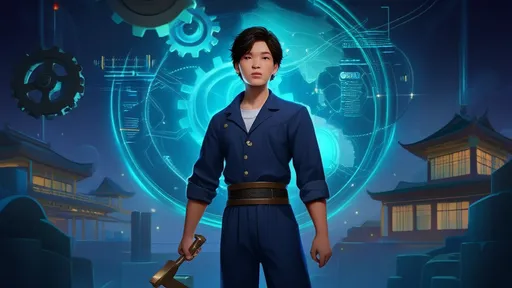
By /Aug 21, 2025
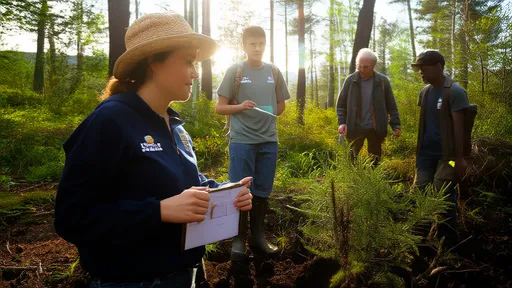
By /Aug 21, 2025
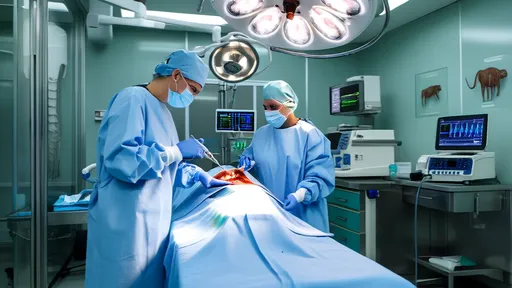
By /Aug 21, 2025
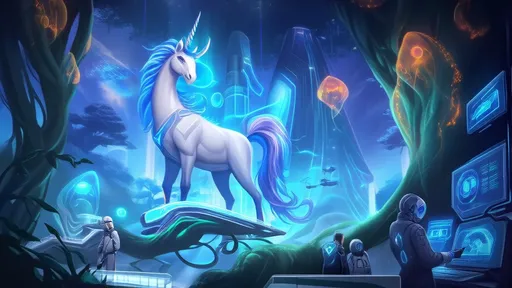
By /Aug 21, 2025

By /Aug 21, 2025
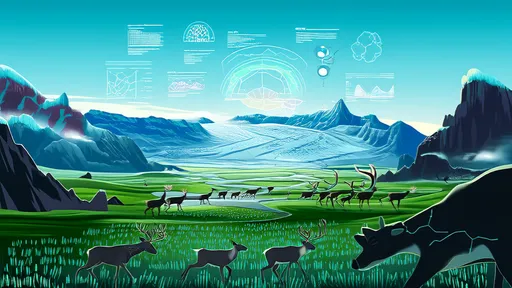
By /Aug 21, 2025
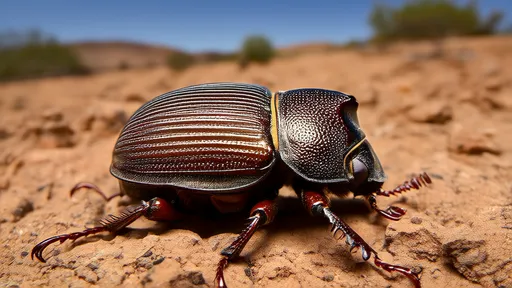
By /Aug 21, 2025
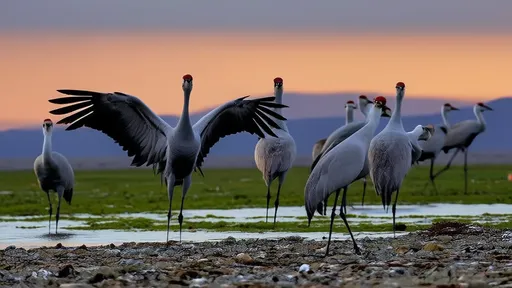
By /Aug 21, 2025
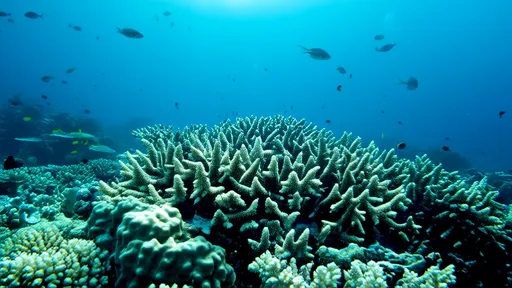
By /Aug 21, 2025
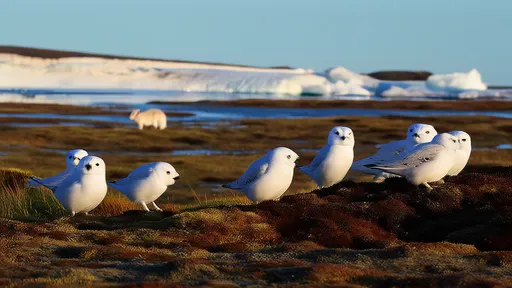
By /Aug 21, 2025
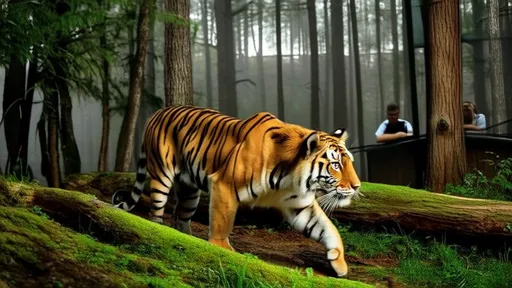
By /Aug 21, 2025

By /Aug 21, 2025
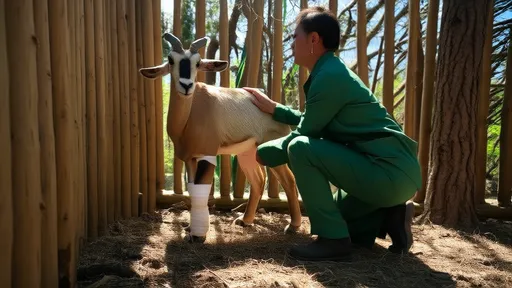
By /Aug 21, 2025

By /Aug 21, 2025
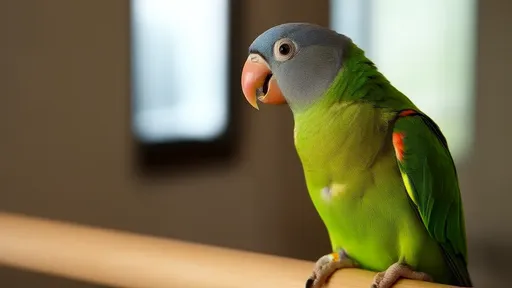
By /Aug 21, 2025
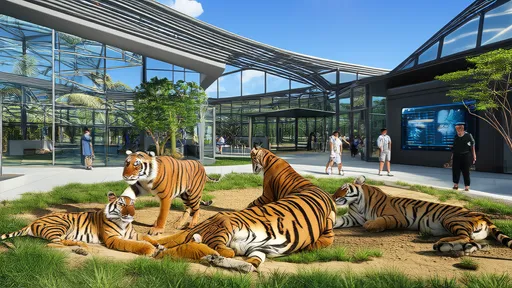
By /Aug 21, 2025
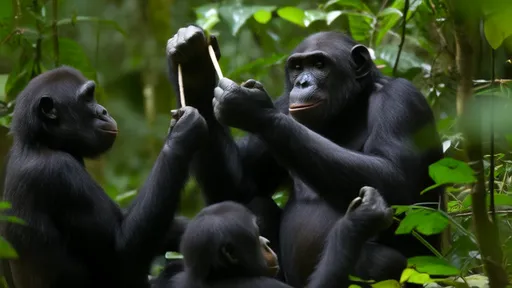
By /Aug 21, 2025
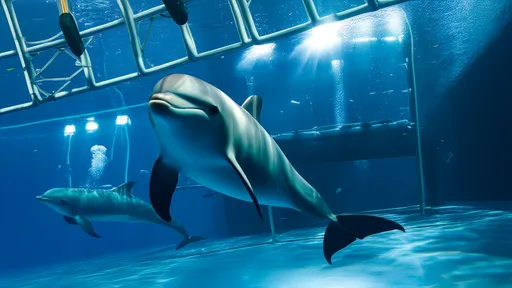
By /Aug 21, 2025
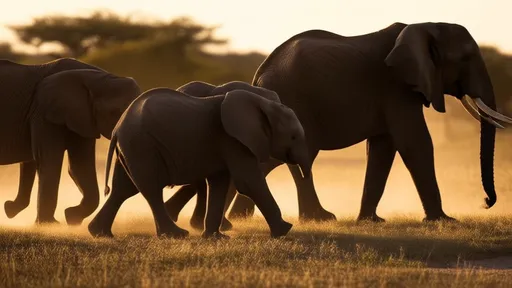
By /Aug 21, 2025
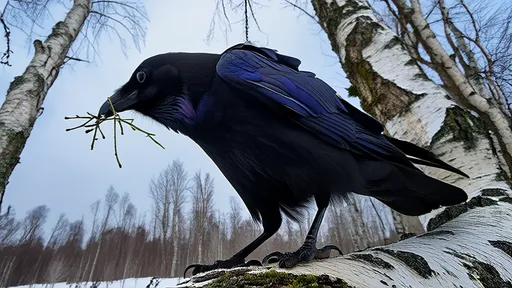
By /Aug 21, 2025